Angela's Quilt Piecing Tips for Accuracy
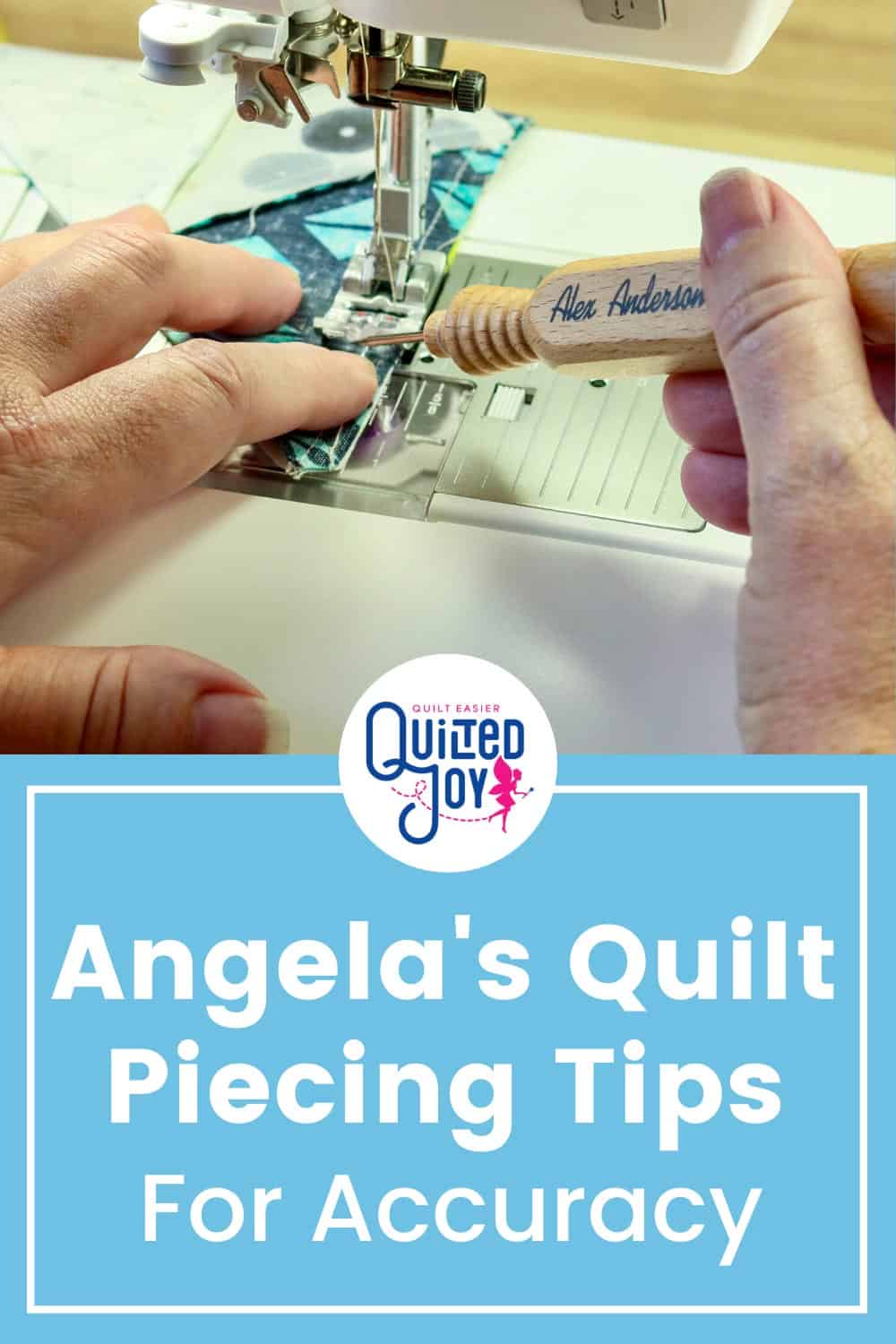
A well-pieced block that is square and flat can feel incredibly difficult to achieve. Fortunately, there are easy ways to quickly improve your accuracy while making your quilt top that will help make the rest of the quilting process flow much more easily. Here are my best quilt piecing tips for accuracy!
What is a scant 1/4" seam anyway?
Of course, the first thing to conquer when you learn to make a quilt is ensuring you are using a scant 1/4" seam. When you think about it, though. How crazy is it that we use "scant" as an actual measurement! As if anyone knows what that means. And it is so important but so hard to define concretely. That is why I love using my Seam Gauge and Seam Guide to double-check my math and my "scant" skills. :) If this is something you struggle with, take a look at this article on how to set that perfect scant 1/4" seam once and for all.
Control how your units move through your sewing machine:
You know those pointy bits on a triangle that are so hard to keep a hold of as you sew your seam? My big ol' finger just gets in the way sometimes. Being able to control your fabric as it moves under your needle is critical and I love using a metal stiletto to guide my fabric through my Pfaff Creative Icon 2. I've tried plastic stilettos and I prefer the metal one on the Alex Anderson 4-in-1 Essential Quilting Tool. I use this when piecing but it is ALWAYS used when I bind my quilts by machine.
 There are so many other things you can do with this tool. It is a wooden iron, a seam ripper (in case your neighbor needs it), and a turning tool to poke out the corners, keeping things nice and crisp.
There are so many other things you can do with this tool. It is a wooden iron, a seam ripper (in case your neighbor needs it), and a turning tool to poke out the corners, keeping things nice and crisp.
Trim Up Your Units:
Once you have your units ready to combine into a block. Take the time to trim them up. I love making my units slightly oversized. That way I don't have to sweat so much with perfection as I piece. The trimming process is where I can make up for any small errors and get each unit sized accurately. My absolute favorite tool for this is the Tucker Trimmer. I am a huge fan of all of the rulers this company makes, but the foundational ruler is the Tucker Trimmer. It has a strong diagonal and clear markings. You won't use this ruler to cut your fabric with necessarily. But you will wonder how in the world you've ever gone without this ruler as you piece your blocks. I use it for trimming my Half Square Triangles and Hourglass units. I use it with every quilt I make. Truly. LOVE. IT!
 Prep the Seam for Heat:
Prep the Seam for Heat:
Another essential tool I use to improve my piecing accuracy is the Fabric Folding Pen. When I started using this pen everything got better. My seams were flatter. My unit sizes were trustworthy. Things laid flat which made the machine quilting process smoother. It is a mighty pen but very powerful! The Fabric Folding Pen comes with a small container of liquid softener that you paint on your seams before hitting them with an iron. It relaxes the cotton fibers and encourages the seam to lay flat in the direction YOU desire. I tell my seam, "I know you have an opinion but I'm gonna win!".
The Iron Is Your Magic Wand:
When quilting the iron is used a bit more delicately and deliberately than might be anticipated. The heat of the iron forces your seams to lie flat. It forces your fabric to obey your every command! However, the iron applies heat to only one side of the seam. Using a Wool Mat with your favorite iron will totally change your seams. The wool reflects and holds the heat so your seam will get the heat it needs from both sides. I love, love, love my wool mat. It makes such a difference and makes me understand how sheep can stand out in the cold without a care in the world. :)

I’m Angela- Co-host of the Fons & Porter’s Love of Quilting PBS show. APQS Long arm Dealer and Educator. Triplet Momma. Designer. Thread Bimbo.






































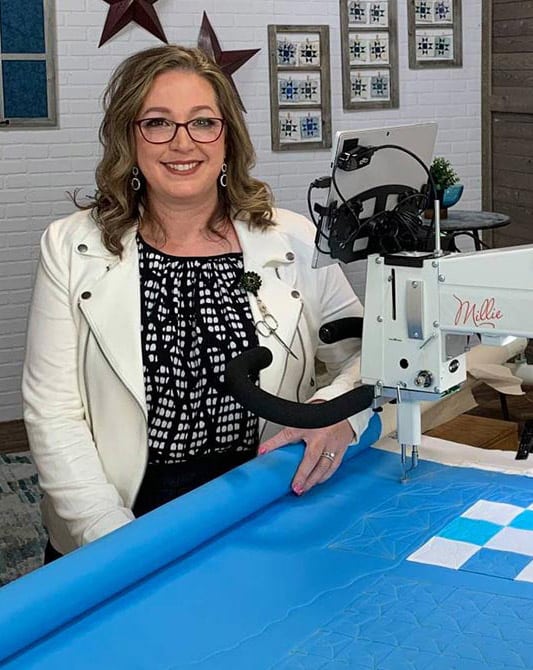
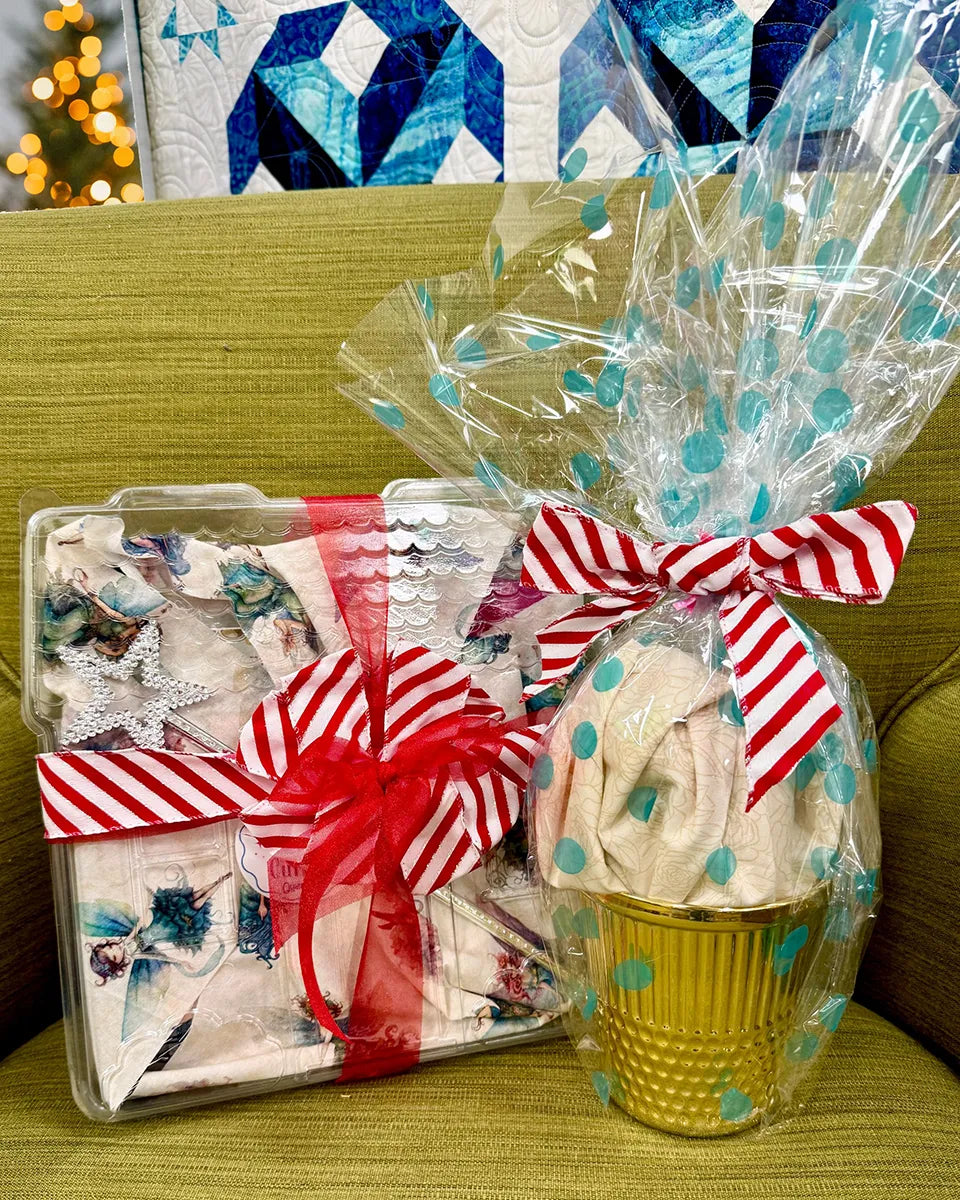
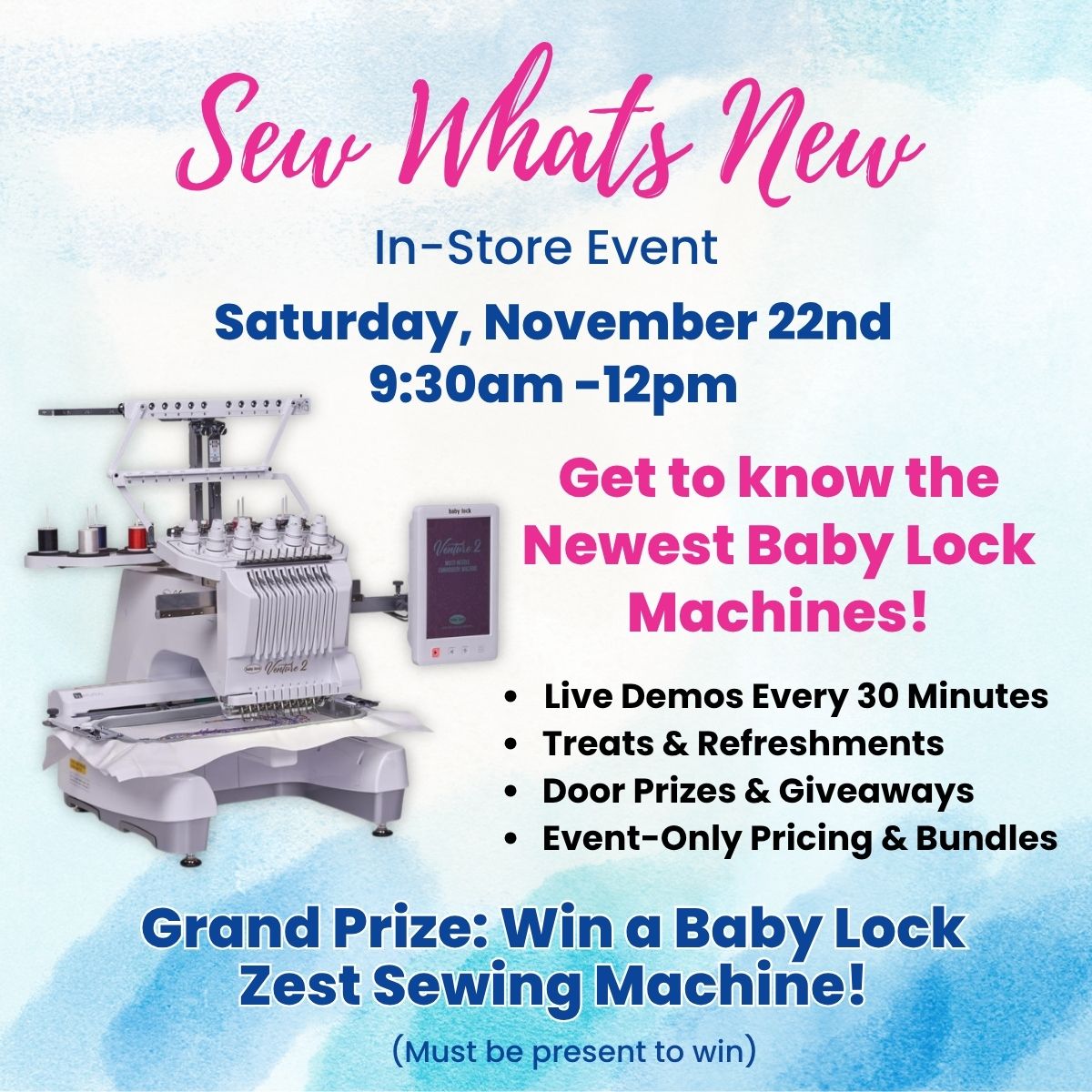

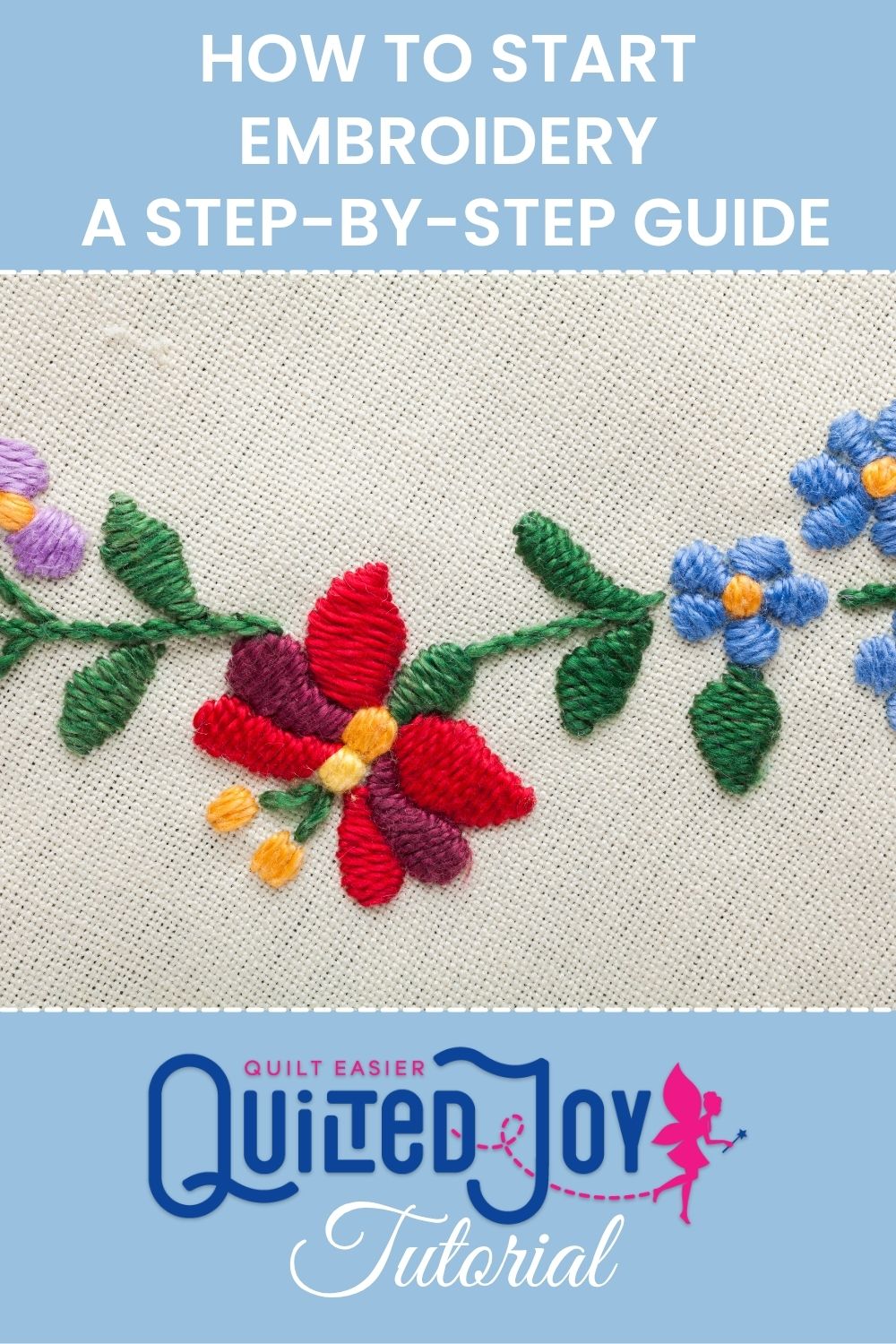

Leave a Reply